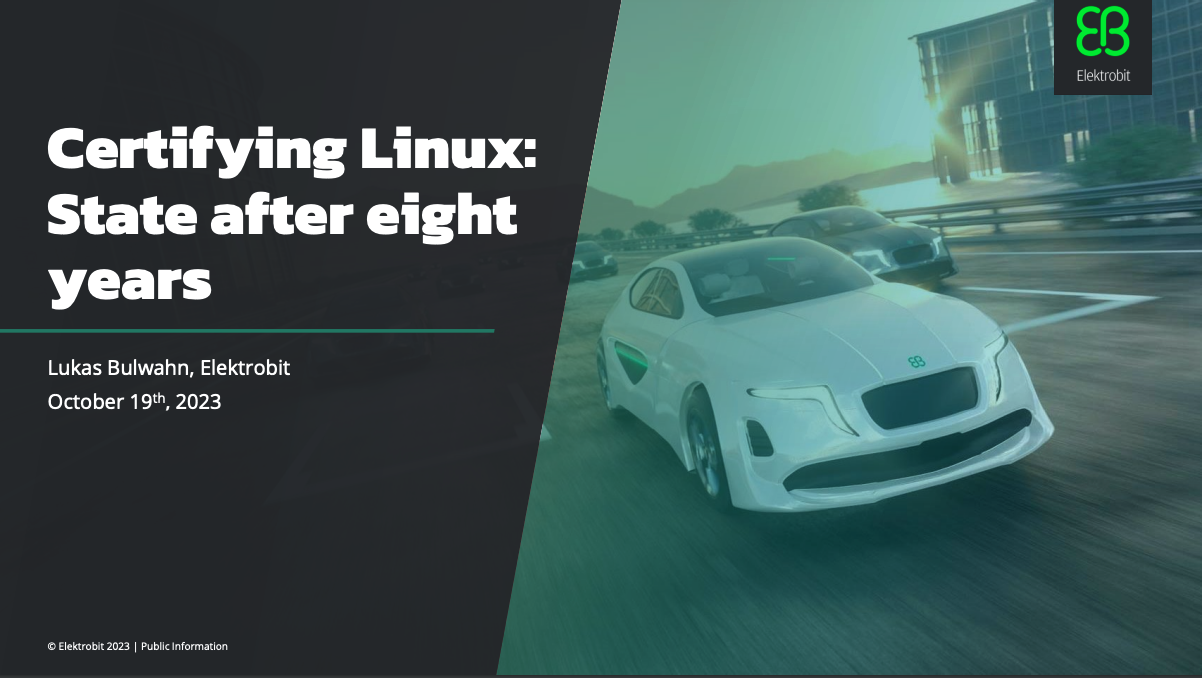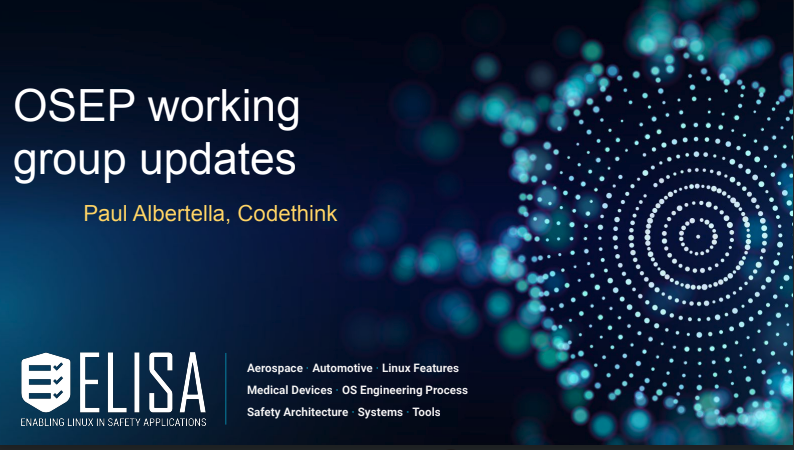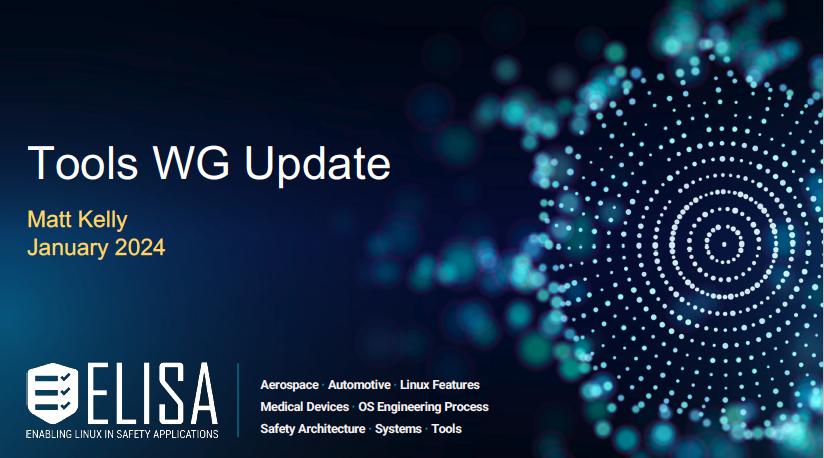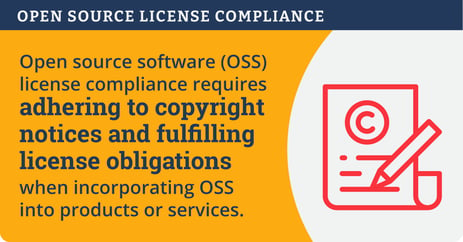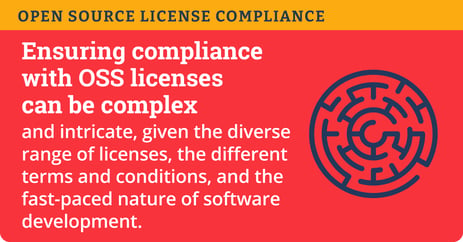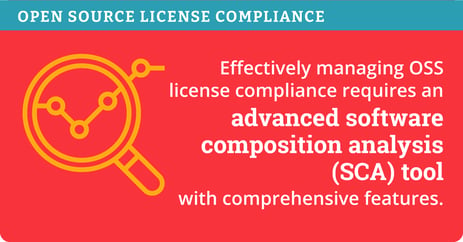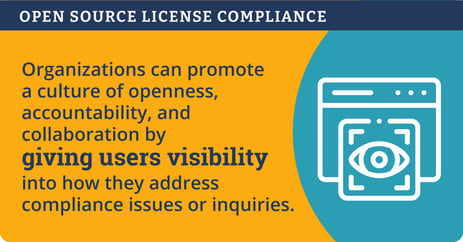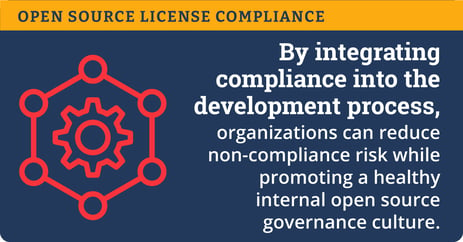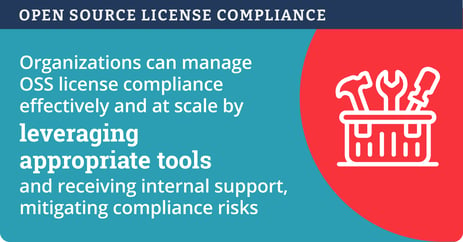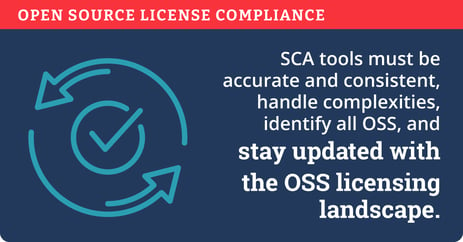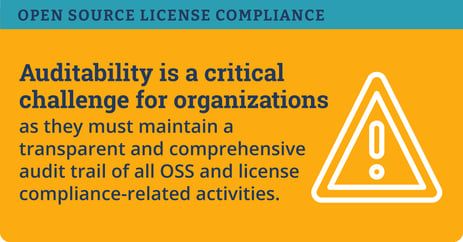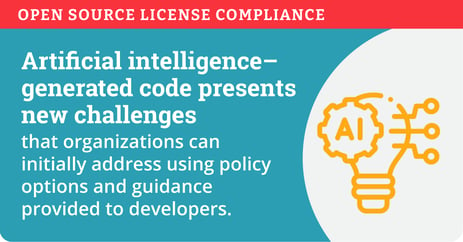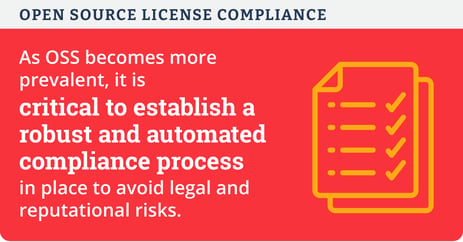
To kickoff 2024, ELISA hosted an annual Working Group Update where all of the leads shared a quick overview, milestones achieved and plans for the new year. The update meetings, which was hosted online for a few hours over two days, was open to the public. If you missed the meeting, the videos can be found on-demand on a new Working Group playlist on the ELISA Youtube Channel.
Each week, we’ll feature a new Working Group video and details for how to get involved in meetings and join the discussions. Today, we shine a spotlight on the Medial Devices Working Group, led Kate Stewart, Chair of the Medical Devices Working Group and Vice President of Dependable Embedded Systems at the Linux Foundation, and Milan Lakhani, Vice-chair of the Medical Devices Working Group and Software Engineer at Codethink. Watch the video below or check out the PPT here.
Engage with the Medical Devices Working Group:
Attend a meeting:
- The Medical Devices WG meets every Wednesday.
- https://lists.elisa.tech/g/medical-devices/calendar
Join the Mailing List:
Participate in GitHub:
ELISA is open to everyone. Anyone can develop and contribute code, get elected to the Technical Steering Committee, or help steer the project forward in any number of ways.
Learn more about the ELISA Project by:
- Joining a Working Group
- Following us on X at @ProjectElisa
- Connecting with our LinkedIn page
- Subscribing to our Youtube Channel

